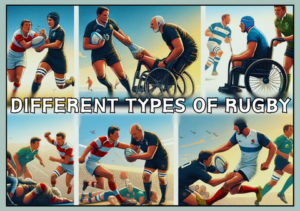A game that requires physicality would seem so unfit for women, but yes, there are some women in rugby. Even though it has since then faced much criticism, women’s rugby has become a top sport, just like men’s rugby.
What is women's rugby?
It is a contact team sport played by women. It is similar to men’s rugby, but with some differences in the rules and the physicality of the game.
How is women's rugby different from men's rugby?
Women has the same rules and objectives as men’s rugby, but there are some differences in the physicality of the game. For example, women’s game does not allow tackling above the shoulders or around the neck, and there are restrictions on the amount of time a scrum can be held.
When did women's rugby become popular?
It has been played since the late 19th century, but it has only recently gained popularity. The Women’s Rugby World Cup was first held in 1991, and the sport has grown in popularity since then.
What are some of the benefits of playing women's rugby?
Playing rugby game can improve fitness, strength, and endurance. It can also help to develop teamwork, leadership, and communication skills. Additionally, it can provide a sense of camaraderie and community.
How can women get involved in rugby?
Women can get involved in rugby by joining a local team or club. Many universities and colleges also have women’s rugby teams. Additionally, there are national and international tournaments and leagues that women can participate in.
This archaic thought on the place of women in such sports is on the verge of extinction after the thrill this sport gave even on orchestration by women.
It has been adopted from the local to international level and is still growing bigger and better. The sports’ suggestive nature of masculinity has been passed to women who believe that what a man can do, they can do better. And a great job of entertaining the world has been achieved.
When did Women’s Rugby Start
So, when did women’s rugby start? Women’s rugby game has a long and illustrious history dating back over a century. Game history starts then women initially participated in rugby in the late 1800s, with the first known women’s rugby match in Ireland in 1887.
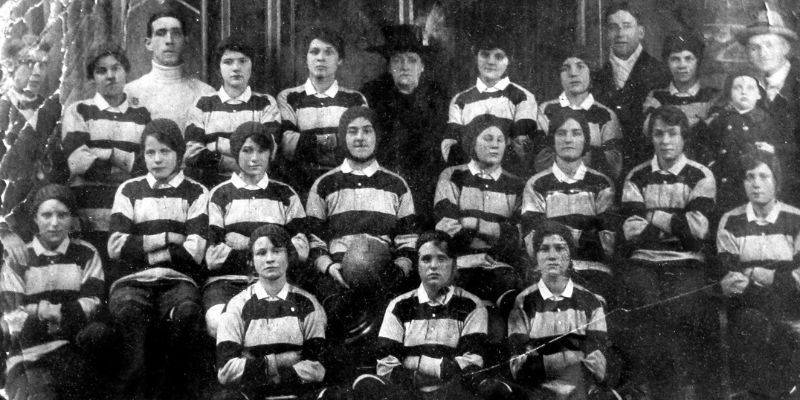
It was frequently regarded as an exception, exposing female players to mockery and discrimination. Nonetheless, women continued to play rugby and established teams worldwide.
In 1982, England and France played the first international match, with England winning 4-0. The sport soared in popularity when Wales hosted its inaugural Women’s Rugby World Cup competition in 1991. This event has since been conducted every four years, with Ireland hosting the most recent edition in 2017.
Women’s rugby has grown in popularity and recognition across the world. It is currently played in over a hundred nations worldwide, with national teams in high-profile events like the Six Nations and Rugby World Cup.
History of Women’s Rugby Competitions
Furthermore, the Olympic Games included rugby sevens in its competitions, allowing women to participate on that platform. Regardless of significant advances made throughout decades towards equality between men and women in sports such as Rugby Union Football (RUF).
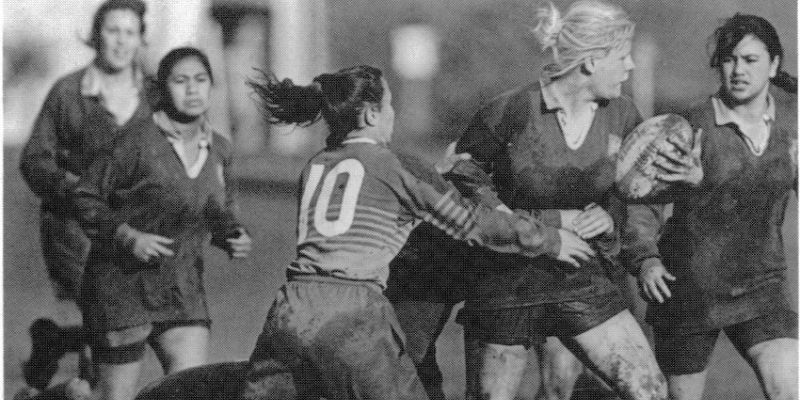
There are still problems facing female athletes today, such as a lack of funding compared to their male competitors. Or even social prejudice associated with their participation in sports such as RUF, which persists between some individuals despite progress made thus far.
History of women’s rugby represents the tenacity and resilience displayed by dedicated female players who have persevered despite countless challenges. Their unshakable commitment opened the path for future generations of female athletes who strive to compete at the highest levels like them.
As we speak, Women’s Rugby Union Football continues to captivate audiences worldwide owing to its vitality, making it one of the most popular sports in the world.
Popular Women Rugby Teams
Women’s rugby is a fast-expanding sport with several special teams worldwide. The following are some of the most renowned women rugby teams.
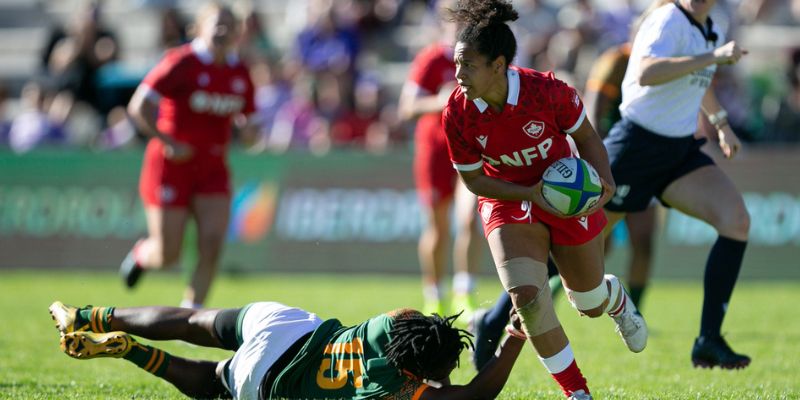
The Black Ferns of New Zealand are one of the world’s most successful girls rugby teams, having won the Women’s Rugby World Cup five times, an unrivaled record. The England Red Roses dominate European rugby, having won the Six Nations championship 16 times.
The USA Eagles have emerged as a rising power in women’s rugby, reaching the Women’s Rugby World Cup semifinals in 2017 and demonstrating tremendous potential for future success. The Canada Maple Leafs have a long history in women’s rugby. Winning the Women’s Rugby World Cup in 1991 and placing second in 2014.
The Wallaroos of Australia is a competitive squad that has won two Female Rugby World Cups. And also four Women’s Rugby Championships. The French team, Les Bleues, has continuously performed well on the international stage, finishing as runners-up in three Women’s Rugby World Cups.
Ireland Women have significantly improved recently, placing among the top four sides at the Women’s Rugby World Cups in 2014 and 2017. Wales Women – Having won the Six Nations Grand Slam in 2008. The Wales ladies national rugby union squad is a formidable side in European rugby.

Spain National Rugby Union Team is a powerful side in European rugby. And it has made significant achievements for girls in recent years. The Scottish women’s national rugby union team is an emerging squad in European rugby, having finished third in the 2019 Six Nations competition.
These are only a few examples of well-known women’s teams worldwide, but an enormous, diverse number exists. Following this dynamic sport is a thrilling experience. Because each club has its distinct history, style of play, and loyal fan base.
The Women’s Rugby Union World Cup
The Women’s Rugby Union World Cup is the most prestigious international rugby union tournament for women, held every four years. Rugby’s world cup history dates back to 1991 when it was first held in Wales with only 12 teams competing.
Over time, the tournament has gained popularity and significance, with more countries investing in and developing their national teams. New Zealand defeated England in a thrilling final among 12 participating teams worldwide in the most recent tournament.

This competition has provided an opportunity for players to leave their mark on this prestigious tournament. Such as Portia Woodman (New Zealand), Emily Scarratt (England), and Magali Harvey (Canada). While also raising awareness about women’s game worldwide.
It has also motivated many young girls and women worldwide to participate in this sport. Also pursue their goals of representing their country at international levels. The Union World Cup is an essential aspect of promoting gender equality in sports while also giving a platform to showcase some of the best women rugby players.
Conclusion
Rugby for women is becoming more potent in sports, with more countries investing in their programs. It has been essential in promoting gender equality and encouraging young girls and women to play rugby. This also portrays women’s power and prowess in the so thought ”man’s field”.
The Women’s Rugby Union World Cup is an important event that has increased the sport’s reputation and displayed the greatest female rugby players worldwide.
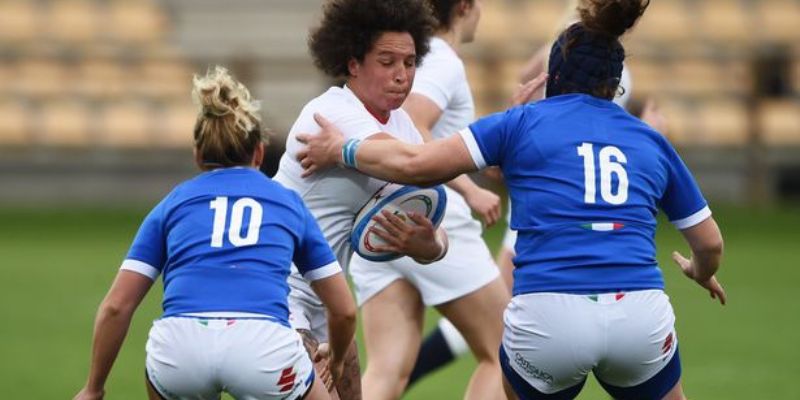
Women’s rugby is an exciting and dynamic sport that combines physicality, ability, and strategy uniquely. The future of this sport is bright, with more great events, inspiring individuals, and game-changing exploits in the years ahead. They are bound even to overtake men in this sector.




